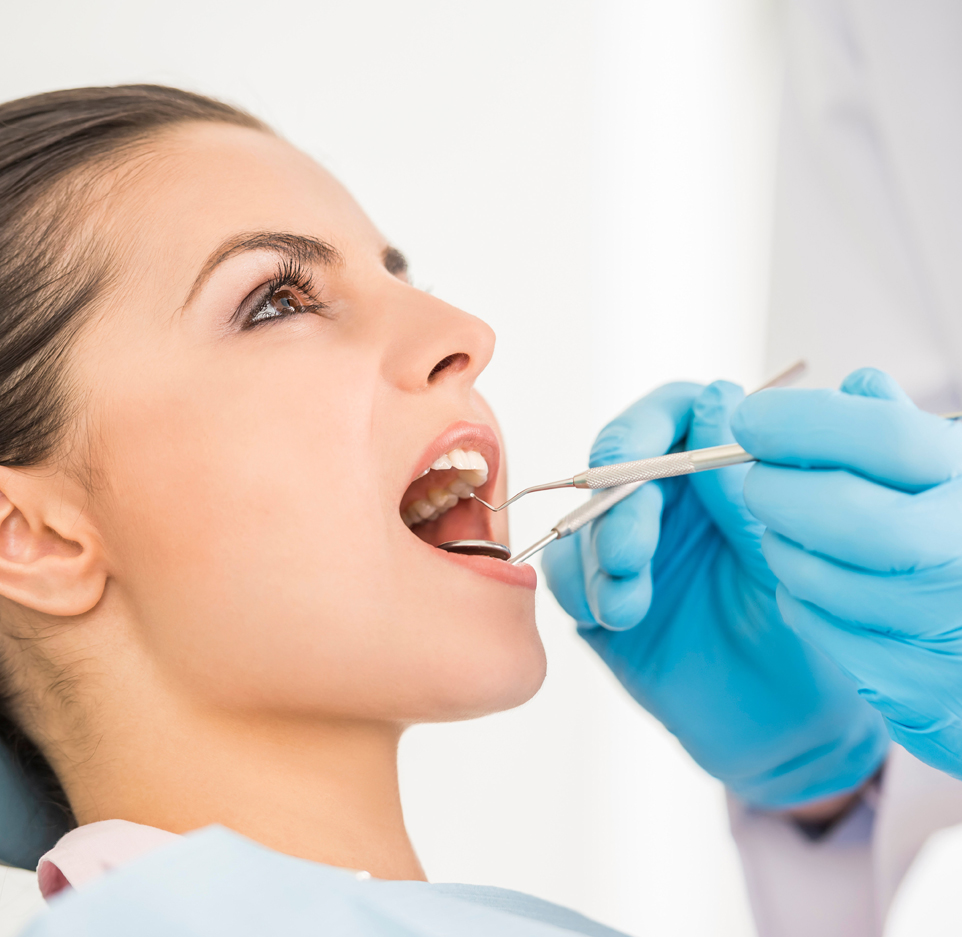When most people hear ozone dentistry, their often ponder how the atmospheric layer relates to your dentist. There is a connection, but it's not connected with the atmospheric layer that shields us from harmful sun rays. The Saudi Journal for Dental Research states that a colorless gas is created through the bonding process of three oxygen atoms, and their bond creates a particle powered by a negative charge.
The usage of ozone dentistry dates to the 1930s, and it was a process used by Dr. EA Fisch as a healing process fueled by the ozone’s antibacterial properties. Interventional Neuroradiology cites that it is still being used in modern practices throughout South America and Europe.
How is Ozone used in Dentistry?
Ozone can be applied in multiple forms, including oil, gas, and even water, and has proven to be effective in many dental treatments, including:
- Tooth Decay: Tooth decay prevention and management is your dentist's priority, and ozone dentistry is essential to the process. According to the Journal of the Formosan Medical Association, ozone’s antibacterial properties may protect against growing cavities and serve as a disinfectant against decay, especially in areas that have been restored.
- Periodontal Disease: The International Journal of Health Sciences sites periodontal disease as the most common oral ailment. It is a condition that affects the gum and often does not have symptoms but can have long-term effects on the jawbone due to weakening the bone that supports the teeth and helps form the jawbone socket. Periodontal disease can be the culprit of tooth loss and gum infection. Ozone dentistry can help combat this through its antibacterial healing properties. It can be applied directly to the gum in its multiple forms for treatment.
- Endodontics: Ozone Treatment is particularly beneficial in combating infection in dental procedures such as root canals. Root canals are necessary when the pulp tissue in the tooth is infected beyond repair. Historically, such a condition would mean removing the affected tooth or teeth. Current day treatments allow for the natural tooth to remain. The ozone treatment can be used to prevent the further spread of the infection.
- TMJ Pain: Perhaps one of the most painful oral conditions, the temporomandibular joint (TMJ) can cause debilitating mouth pain. This typically restricts the individual from normal ranges of function such as chewing or opening and closing their mouth. A study printed in the Medical Principles and Practice disclosed that ozone dental therapy could be a treatment method for successful pain intervention.
Other Infections: Ozone dental therapy has proven multifaceted and an available treatment option for multiple oral conditions caused by fungi and viruses, including those associated with tissues in and around the mouth.
Ozone treatment is quite common abroad but not nearly as much in the states. However, if you are located in the San Diego area, All-Natural Dentistry’s Dr. Amy can help you. Contact her today for a one-on-one consultation to discuss if Ozone therapy is right for you.
